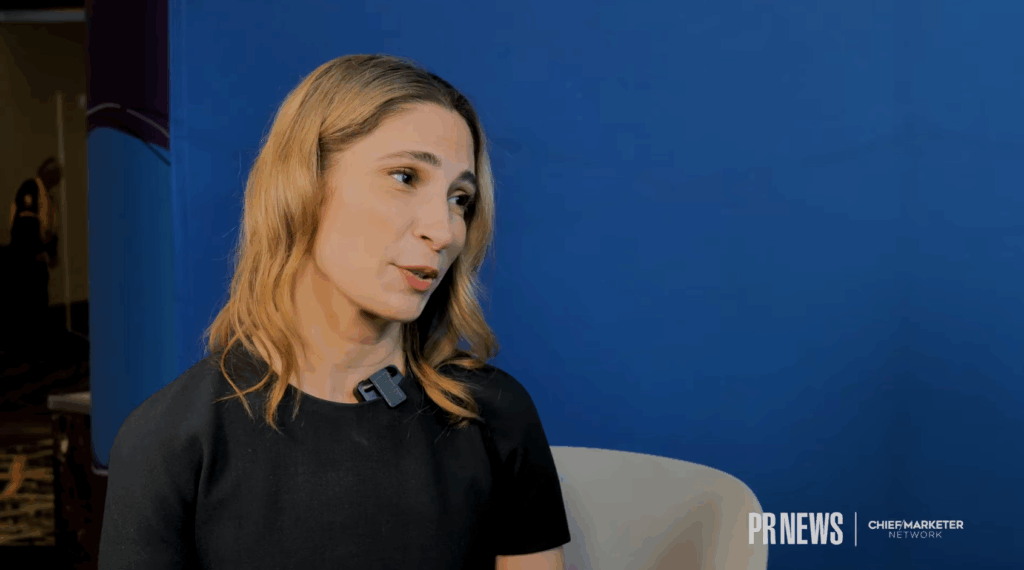If the marketing of prescription drugs is big business-advertising expenditures grew from $500 million in 1996 to $1 billion in 1998-then consumer marketing is exploding.
Seven or eight years ago, prescription drug marketing primarily targeted physicians through space advertisements in professional magazines and continuing education, said Ellen Hoenig, vice president, customer marketing initiative, Bristol-Myers Squibb Co., one of three panelists for Pharmaceutical Marketing, the first-ever health care session held yesterday at Direct Marketing Days.
Managed care has forced consumers-instead of their doctors–to be the central decision-makers about their health care. So, drug companies are turning to direct marketing for targeting and branding their products.
Pharmaceutical companies grapple to reach a diverse consumer base that are aging (adults over 40 represent 80% of prescriptions), increasingly composed of ethnic members, better informed, choosing alternative health treatments, and primarily women making decisions for the family.
Other major pressures include federal Food and Drug Administration regulations that “puts handcuffs on us,” said Anne Devereux, president of Consumer Healthworks and Harrison Star. For example, the FDA requires full disclosure of any side effects. So, a magazine space ad typically runs two pages, with one page for disclaimers such as: “In rare cases, for people it’s not intended for [this drug] can cause death.”
Another FDA rule, since loosened, prohibited naming a disease. That’s why consumers thought Claritin, which advertised “at last-blue skies” on TV was an anti-depressant instead of an allergy medication.
Non-branded ads (those that provide information about a condition) or Reminder ads, like a space ad for Viagra that says: “Let the dance begin,” are not subject to such rules.
Winning loyalty: “How do we get the patient to get on our drugs and stay on them,” according to Hoenig, is key. And challenging. Companies must educate the consumer about the disease and the drug, then get them to tell the company how they feel about the drug, said Deborah Newkerk, partner, Newman & Partners.
How is loyalty measured? “Any kind of lengthening of therapy means big dollars for us,” Hoenig said. “Billions of dollars are lost every day from people stopping treatment or not refilling.”



